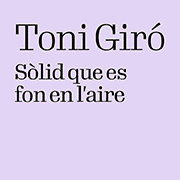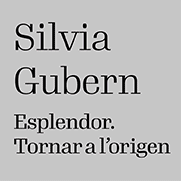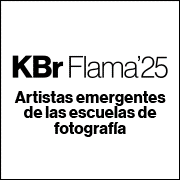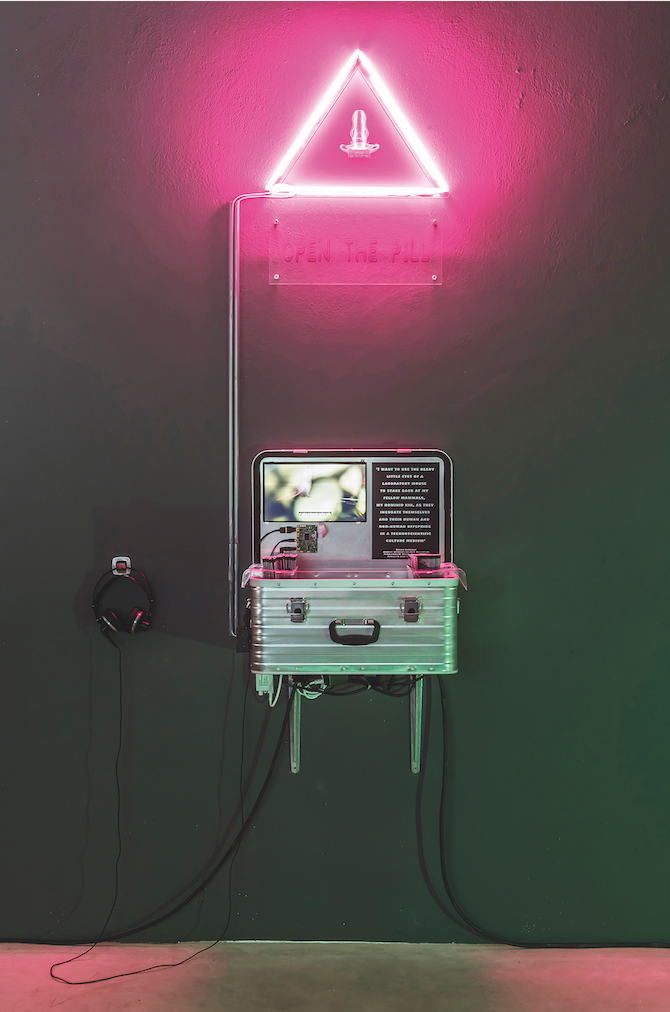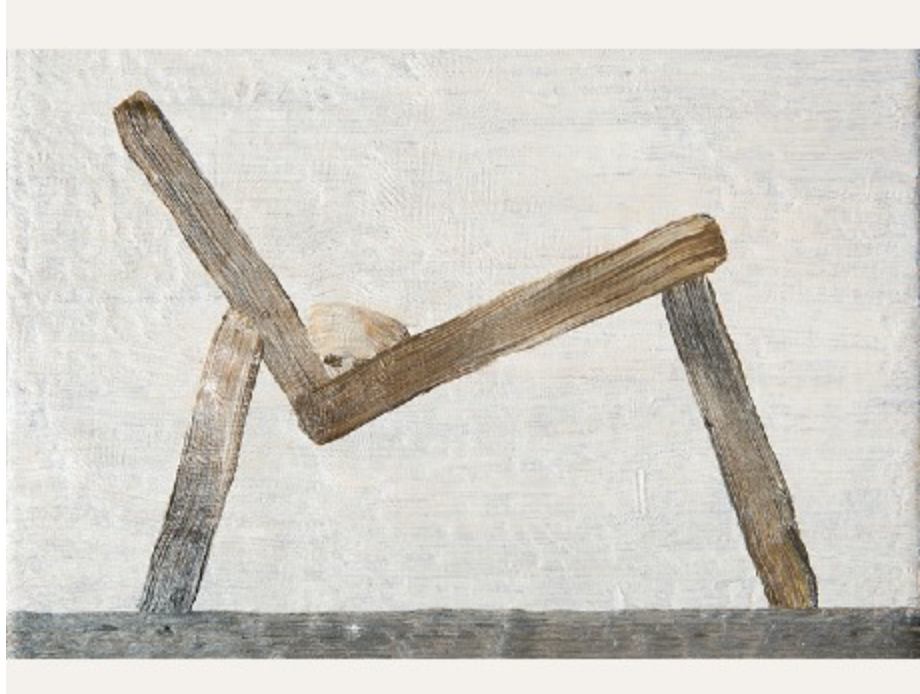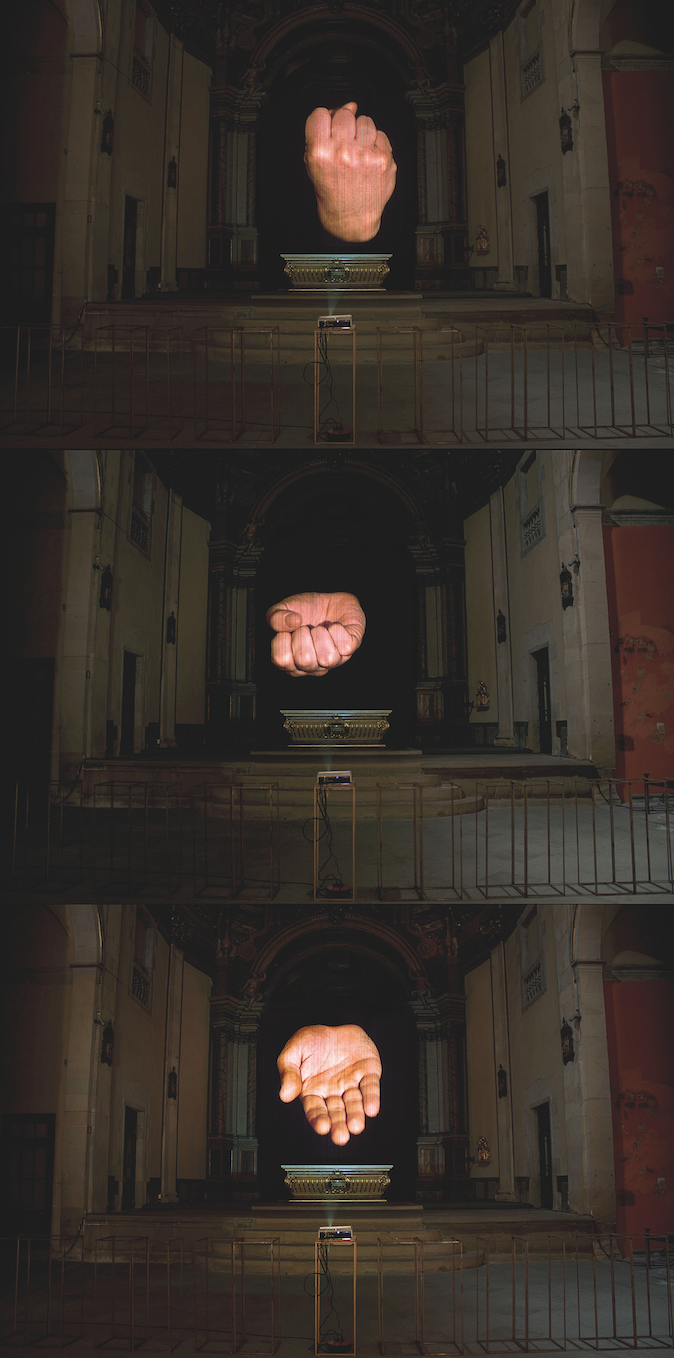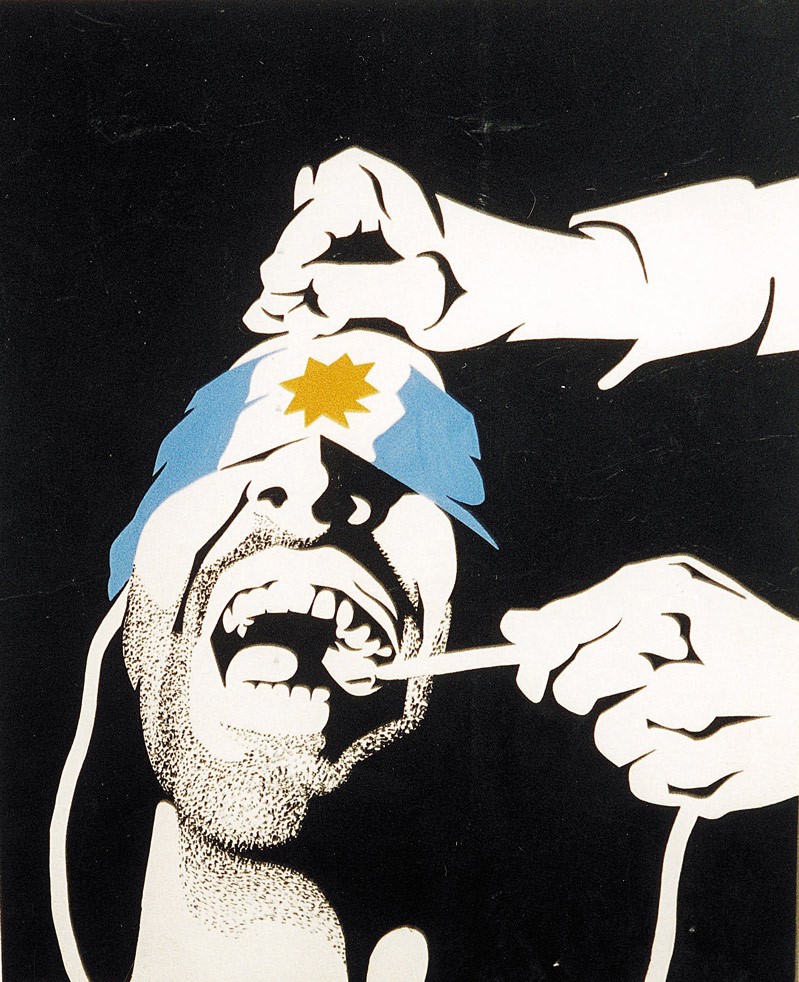Exhibitions
Tribute to Picasso and Guillem Viladot in Espais Volart of the Fundació Vila Casas
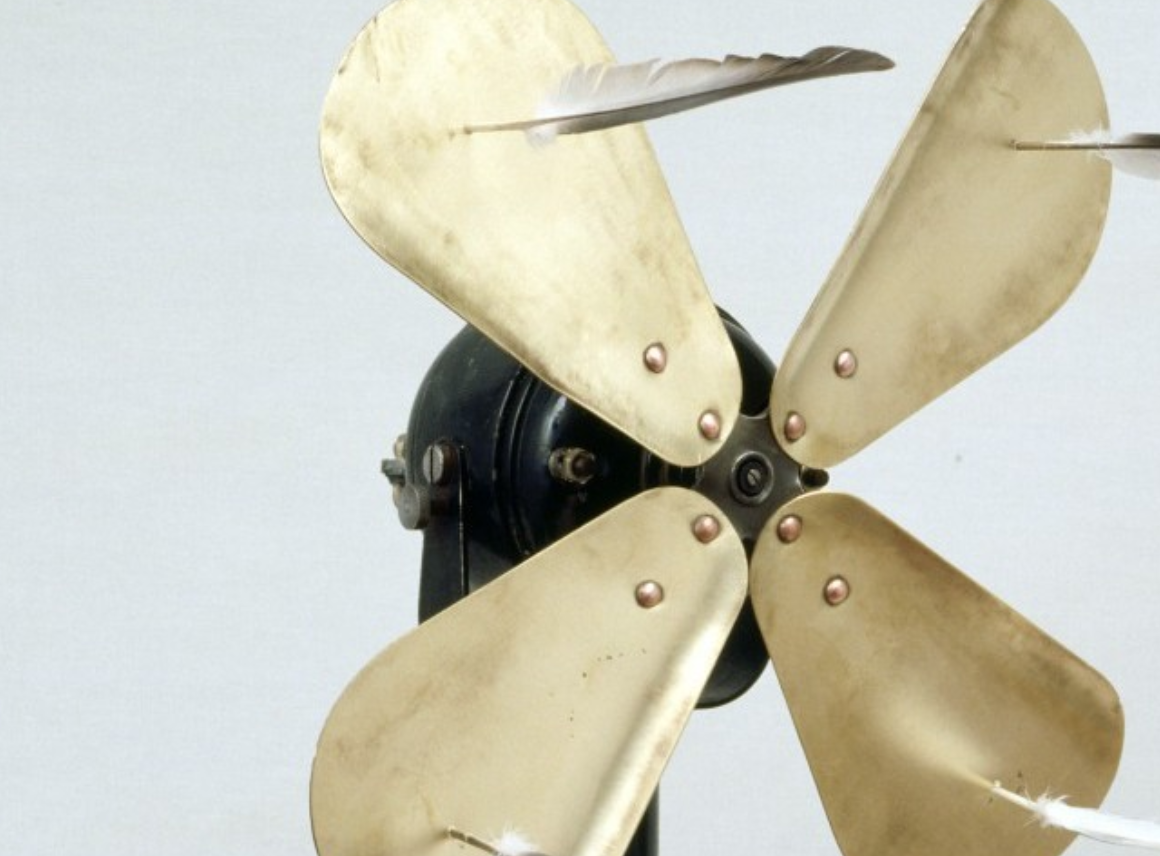
The Vila Casas Foundation presented the new exhibition season at Espais Volart with two exhibitions: Tribute to Picasso. Vallauris, 1972 and Guillem Viladot, The incessant experimentation .
The exhibition Tribute to Picasso. Vallauris, 1972 shows an impressive collection of 400 rugs, recently acquired by the Vila Casas Foundation and which have been intervened by more than 270 national and international authors on the occasion of the attacks on the name of Pablo Picasso when the artist fulfilled the 90s. These attacks encouraged private and often clandestine initiatives to discredit the artist, such as the exhibition project promoted by gallery owner Santiago Palet.
The exhibition was curated by Nadia Hernández Henche, who wanted to recover the memory of these attacks by highlighting this unitary action, together with the events that constitute a fragment of Picasso's history in Barcelona.
In 1971, with the ninetieth anniversary of Picasso, the artist had a great visibility in the international arena and consolidated himself as a symbol of freedom for some, and subversion and personification of anti-Francoism for others. In addition, some considered Franco's Dream and Lie series to be "an insult to the highest authority in the nation." For this reason, the artist was the target of a series of attacks by far-right groups against bookstores and art galleries that wanted to celebrate Picasso's birthday.
Some of the most relevant examples of these attacks are the attack by an far-right group on the Theo Gallery in Madrid, a fire on the Taller de Picasso Gallery in Barcelona, etc.
For his part, the gallery owner Santiago Palet came up with the idea of a tribute to the painter by visual artists, musicians, writers, film and theater personalities who were invited to create a carpet (piece cotton with laces) dedicated to Picasso. A year later, these works were exhibited in Vallauris in the 1st exhibition. International Meeting of Tribute to Picasso . Some of the authors of the rugs are Rafael Alberti, Joan Brossa, Alexander Calder, Pau Casals, Equipo Crónica, Sonia Delaunay, Juan Genovés, Hans Hartung, Wilfredo Lam, Joan Miró, Pablo Neruda and Antoni Tàpies, among others.
According to Nadia Hernández, “the first task was to identify these rugs, which has not been an easy task. A total of 280 national and international creators have been identified ”and he also pointed out that“ it is necessary to mention here the essential function of collecting as an agent for the preservation of objectives and their memory. We have to talk about two collectors: the first owner, Gianni Figueres, who acquired the set of rugs during the eighties to place it in the new hotel he was building in the Empordà. He made an inventory of it and retrieved its memory. After his death, the hotel was sold and the works stored. Antoni Vila Casas, aware of this situation, took over the collection in an effort that has prevented its dispersion and ensured its conservation as part of the Vila Casas Foundation's collection ”.
Guillem Viladot, the incessant experimentation
On the occasion of the celebration of the Viladot Year, the Vila Casas Foundation has held a second exhibition at Espais Volart entitled Guillem Viladot, the incessant experimentation that has been curated by Pau Minguet and which aims to recover the career of Guillem Viladot (1922-1999).
Viladot was a member of a line of pharmacists in Agramunt, and combined his job as a pharmacist with a frantic activity in the field of letters and visual arts. From the capital of the Ribera de Sió he built a vast poetic, narrative and objective work. He has also been associated with the Catalan cultural world since the fifties, establishing strong ties with the characters of the time. From the end of the sixties he created, from Agramunt, Lo Pardal , an experimental poetry publishing house and a museum with the same name with all the works he was carrying out.
In 1980 he exhibited his most important series Iconographies of use and leisure at the Maeght Gallery in Barcelona.
The Espart Volart exhibition consists of a selection of 116 works that are presented in 10 exhibition areas. These sections allow the public to delve into the world of Viladot through various series, themes, languages or aspects that make it possible to analyze their production from a collective point of view and that help to understand their overflowing with creativity. Pau Minguet commented that "it would be very difficult for us to find a chronological meaning in Viladot's work, to try to find out the stages, the constants and the real concerns".
As for the literary side of the artist, the exhibition includes a selection of 16 publications that accompany the various fields and are complemented by sound points from which resonate fragments of books recited by the company Cassigalls de Juneda, which has given voice to its creator.
Regarding the exhibition design, he proposes a reference to the concrete poem Formes de vida , which also inspired a formal and conceptual reinterpretation in the part of Riella d'Agramunt, where five large-volume pieces become the central poem of this space. audience that integrates the poetic and plastic universe of the artist.
The exhibition areas that make up this exhibition are Rurality, River Stones, Collage, Iconography of Use and Leisure, Self, Cutouts, Musical Objects and Paintings.
These two exhibitions can be visited until October 2, 2022.


